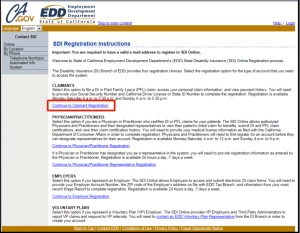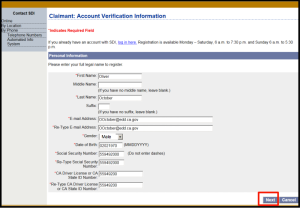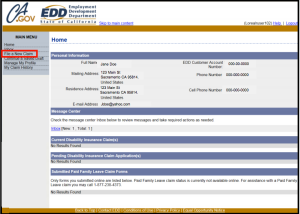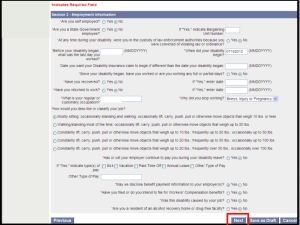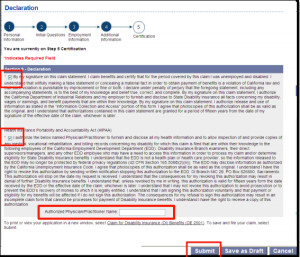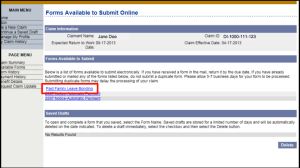Pregnancy is beautiful, pregnant women are goddesses, pregnant bodies are perfect…yada yada yada. It’s all unicorns and rainbows until you get to around 38 weeks and you feel more like this…
Only about 4-5% of babies are born on their actual due date, so the chance of delivering past 40 weeks is totally common and normal. As you begin thinking about when to start your maternity leave – and so much of that is based around the expected due date – let’s discuss what happens to your Pregnancy Disability Leave (PDL) and State Disability Insurance (SDI) in the event your baby decides to take his/her sweet time entering this world.
In case you haven’t read the Maternity Leave 101 post, here’s some background info to get you up to speed.
In California, as long as you work for an employer with over 5 employees you are eligible for Pregnancy Disability Leave, which provides up to* 17.3 weeks (as certified by your doctor) of unpaid job protection for disability due to pregnancy, childbirth and other related conditions. *The actual duration of your PDL is for however long your doctor has certified, but the “standard” duration for a normal, healthy pregnancy and childbirth is 4 weeks before estimated due date and 6 weeks after for a vaginal delivery or 8 weeks for a c-section. Should you have any complications before or after birth, your doctor can certify an extension past this “standard” duration.
While your job is protected (unpaid) under PDL, you may be eligible to receive partial wage replacement through State Disability Insurance (SDI). SDI begins on the first day of your PDL (minus the 7-day unpaid waiting period) and continues through the entire duration you are “disabled” by pregnancy and childbirth. Through SDI, you’ll be paid either 60% or 70% of your normal wages. Read here for the full rundown on how to calculate your SDI benefits.
So, if the “standard” is to start maternity leave at 36 weeks, what happens if you’re late? Don’t you worry – the system’s got you covered! Regardless of how late you are, your pre-birth PDL time will simply be extended until you give birth, and your post-birth recovery time will apply accordingly to how you delivered.
Example: You start your leave at 36 weeks but you don’t give birth until 41 weeks via c-section: Your PDL/SDI will start at 36 weeks (minus the 7-day unpaid waiting period for SDI), you’ll give birth at 41 weeks, and you’ll continue your PDL/SDI until 8 weeks postpartum for your c-section delivery.  Example 2: If you’re overdue by 2 weeks (gasp!), same sitch. Your pre-birth PDL/SDI time will simply be extended until week 41, you’ll give birth at 42 weeks, and you’ll continue with PDL/SDI for however long necessary for post-birth recovery (either 6 weeks for vaginal, 8 weeks for c-section, or longer if medically necessary).
Example 2: If you’re overdue by 2 weeks (gasp!), same sitch. Your pre-birth PDL/SDI time will simply be extended until week 41, you’ll give birth at 42 weeks, and you’ll continue with PDL/SDI for however long necessary for post-birth recovery (either 6 weeks for vaginal, 8 weeks for c-section, or longer if medically necessary).
Also, on the flip side, if your baby comes early – which is also common – you’ll simply have PDL/SDI (minus the 7-day unpaid waiting period for SDI) up until the day you give birth, and continue with PDL/SDI for however long necessary for post-birth recovery.

This is why I’m such a major advocate of starting your maternity leave 4 weeks before your estimated due date. It’s a “use it or lose it” scenario, so why not take advantage of every free day before boarding the New Parent Train. Choo Choo!
I should also make super clear that having a late or early baby won’t affect any of your post-birth entitlements. No matter when you actually have the baby, as long as you have available PDL time remaining (i.e. no complications during pregnancy that required you to start PDL way early), you’ll still get the 6 or 8 weeks of PDL/SDI after the baby is born per usual protocol (or more should you need medical extensions). Also, if eligible for CFRA, following PDL you are entitled to an additional 12 weeks of unpaid job protected leave for bonding with baby. During which time, you can receive wage replacement through PFL. For more info on CFRA/PFL, head on over to that Maternity 101 post, or here if you aren’t eligible for CFRA.
IMPORTANT NOTE: Once you give birth, you must report your birth to the EDD (the folks who manage SDI) by submitting the Request for Delivery Information (DE 2513) form typically found in your EDD inbox. That form will give the EDD the heads up on your delivery date and how you delivered, and they will adjust your claim dates accordingly.
Hope that helps any pre-birth anxiety in regards to your maternity leave benefits!


